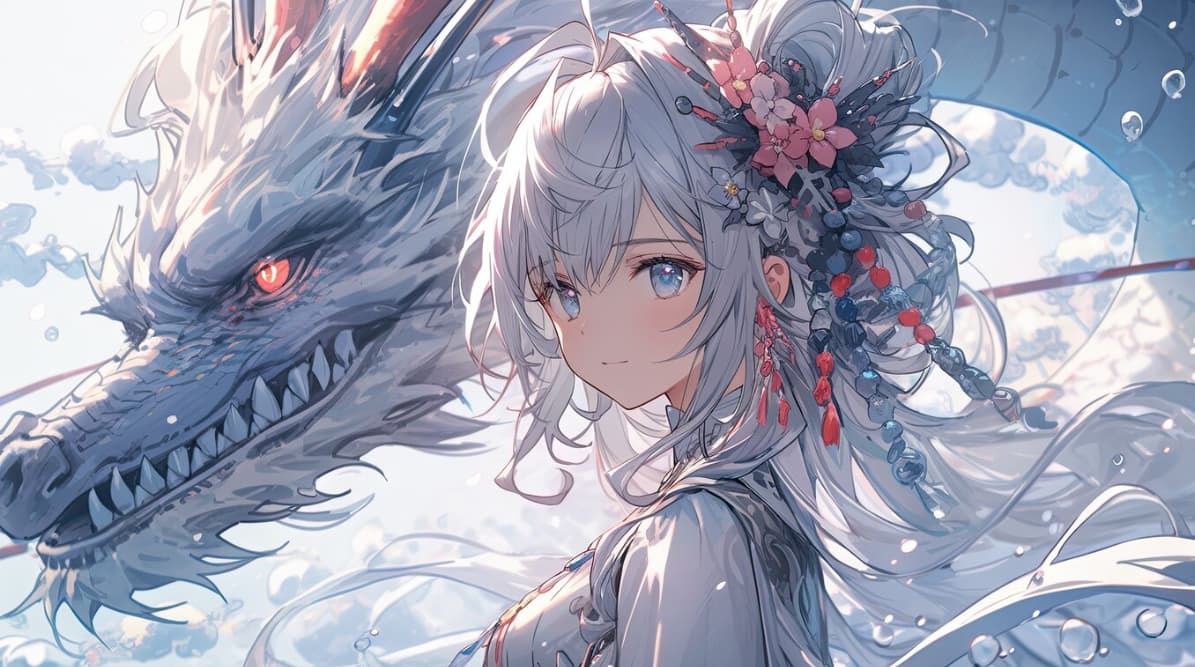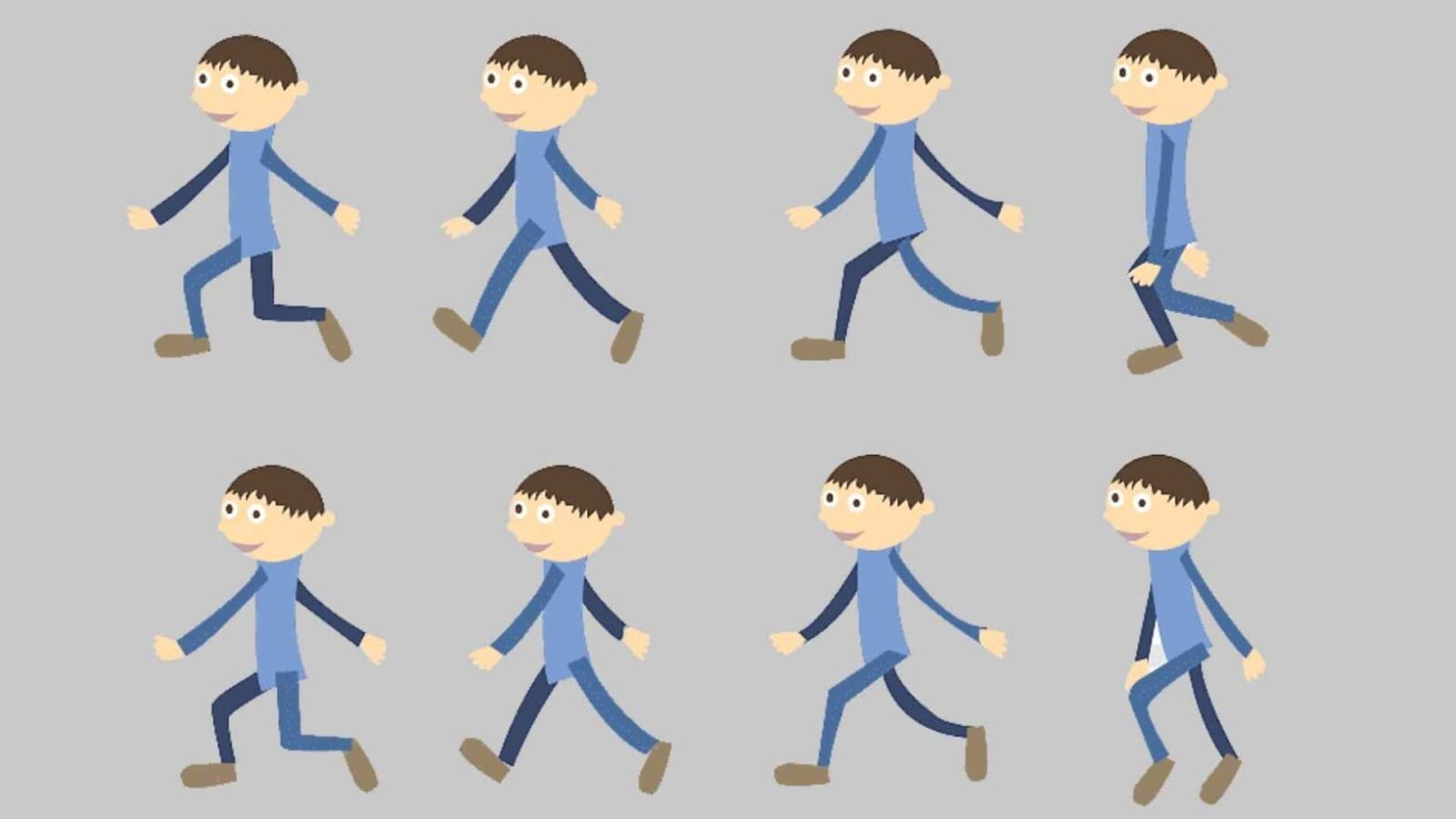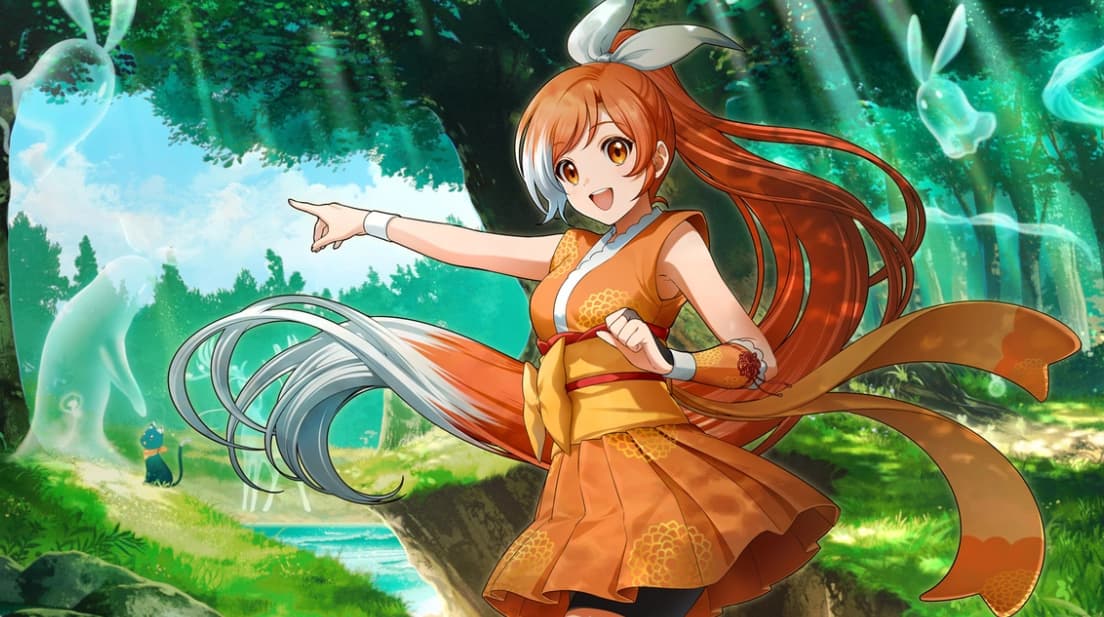Join us as we delve into the enchanting realm of anime, traversing through the rich tapestry of animation studios that have profoundly influenced the medium over the years. From the trailblazers of yesteryears to the contemporary giants, these studios have carved their names into the annals of anime history. So, sit back, and let’s embark on this captivating journey to explore the pinnacle of anime animation!
Top Ten Premier Anime Animation Studios
Embark on a journey through the vibrant world of anime animation as we unveil the top ten contenders meticulously evaluated by industry experts. Let’s dive in and discover the cream of the crop!
| Studio Name | Founded | Notable Works |
|---|---|---|
| Studio Ghibli | 1985 | Spirited Away, My Neighbor Totoro, Princess Mononoke, Howl’s Moving Castle, Kiki’s Delivery Service |
| Madhouse | 1972 | One-Punch Man, Claymore, Death Note, Cardcaptor Sakura, Perfect Blue, Paprika, Millennium Actress, Tokyo Godfathers |
| Kyoto Animation | 1981 | Violet Evergarden, The Melancholy of Haruhi Suzumiya, Free!, Clannad, A Silent Voice |
| Ufotable | 2000 | God Eater, Fate/Zero, Demon Slayer: Kimetsu no Yaiba, Demon Slayer: Kimetsu no Yaiba: The Infinity Train |
| Studio Bones | 1998 | Fullmetal Alchemist, Mob Psycho 100, My Hero Academia |
| WIT Studio | 2012 | Attack on Titan (Seasons 1-3), Vinland Saga, Kabaneri of the Iron Fortress, The Ancient Magus’ Bride |
| MAPPA | 2011 | Yuri!! On Ice, Banana Fish, Jujutsu Kaisen, Attack on Titan (Final Season) |
| Sunrise | 1972 | Gundam series, Cowboy Bebop, Outlaw Star |
| Toei Animation | 1948 (as Japan Animated Films) | Dragon Ball Z, Sailor Moon, One Piece |
| Trigger | 2011 | Kill la Kill, Little Witch Academia, Space Patrol Luluco |
1. Studio Ghibli
Established in 1985 by the innovative pair, Hayao Miyazaki and Isao Takahata, Studio Ghibli has emerged as a pioneering force in the world of animated films. Celebrated for its meticulous hand-crafted visuals, deep character development, and stories rich with themes of nature’s majesty and the enduring strength of humanity, Studio Ghibli has carved a distinguished place for itself in the archives of film history.
With a prolific output of over 20 feature-length films, including timeless classics such as:
- Spirited Away;
- My Neighbor Totoro;
- Princess Mononoke;
- Howl’s Moving Castle;
- Kiki’s Delivery Service.
Studio Ghibli has captivated audiences worldwide. Its cinematic masterpieces have garnered prestigious accolades, including the coveted Academy Award for Best Animated Feature for “Spirited Away” in 2003.
Beyond its cinematic triumphs, Studio Ghibli’s influence extends into popular culture, resonating with audiences of all ages across the globe. The studio’s creative endeavors encompass not only feature films but also encompass short films, television series, and video games, showcasing its versatile storytelling prowess.
Moreover, Studio Ghibli’s impact transcends the confines of the screen, as evidenced by its collaboration with other entities on various ventures, including the enchanting Ghibli Museum nestled in Mitaka, Tokyo. With its enduring legacy and unwavering commitment to artistic excellence, Studio Ghibli continues to inspire generations, leaving an indelible mark on the fabric of animation.
2. Madhouse
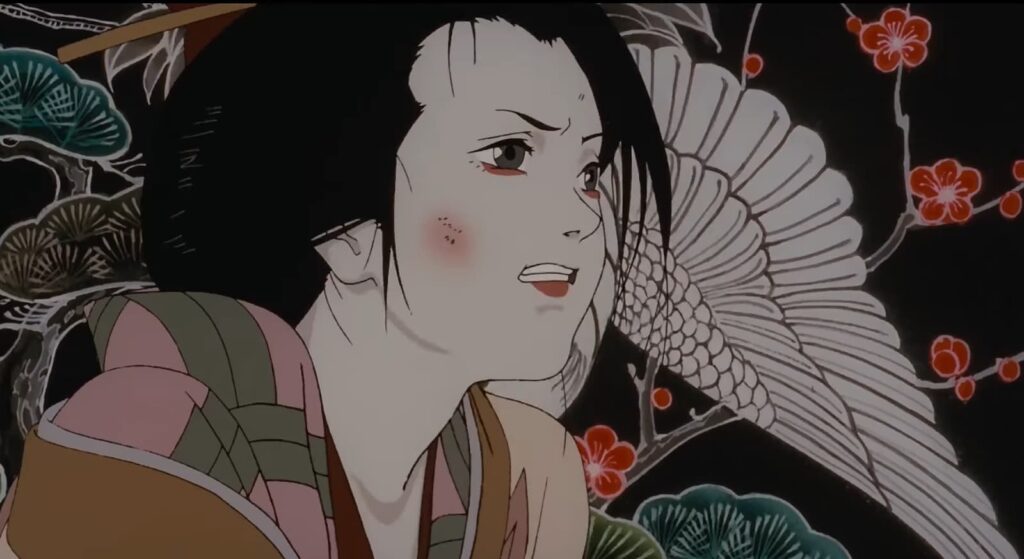
Established in 1972 by the esteemed quartet of Osamu Dezaki, Rintaro, Yoshiaki Kawajiri, and Masao Maruyama, Madhouse Studio emerges as one of Japan’s venerable anime pioneers. The founders, all distinguished animators with prior experience at Osamu Tezuka’s Mushi Production Studio, laid the foundation for a legacy that endures to this day.
From its inception, Madhouse has crafted a diverse array of captivating television shows and films, a tradition it proudly upholds. Iconic productions such as “One-Punch Man,” “Claymore,” “Death Note,” and “Cardcaptor Sakura” exemplify the studio’s commitment to excellence.
Notably, Madhouse has earned acclaim for its discerning eye in talent recruitment, exemplified by its collaboration with the visionary director Satoshi Kon. Renowned for his groundbreaking contributions to anime cinema, all four of Kon’s critically acclaimed films were brought to life under the banner of Madhouse.
Through decades of innovation and artistic ingenuity, Madhouse Studio continues to shape the landscape of anime, cementing its status as an industry titan revered by enthusiasts worldwide.
- Perfect Blue;
- Paprika;
- Millennium Actress;
- Tokyo Godfathers.
Madhouse boasts a stellar reputation for attracting distinguished manga creators such as Clamp and Naoki Urasawa. Moreover, the studio’s reach extends beyond Japan, engaging in collaborations with studios worldwide. A prime example is its partnership with Marvel, resulting in the creation of animated series like “Wolverine and the X-Men.” This global outlook underscores Madhouse’s versatility and its ability to transcend cultural boundaries in the pursuit of creative excellence.
3. Kyoto Animation
Established in 1981 by the visionary duo Yoko and Hideaki Hatta, Kyoto Animation has solidified its position as a cornerstone in the realm of anime creation. Drawing inspiration from its culturally rich surroundings in the Kyoto Prefecture, the studio embraces its namesake with pride.
What distinguishes Kyoto Animation from its counterparts is its innovative approach to production. Unlike studios reliant on freelance talent, Kyoto Animation boasts a steadfast team of salaried animators committed to nurturing artistic brilliance over meeting rigid production schedules.
This unique ethos has birthed a signature Kyoto Animation style celebrated by enthusiasts worldwide. Among its acclaimed works are:
- Violet Evergarden;
- The Melancholy of Haruhi Suzumiya;
- Free!;
- Clannad;
- A Silent Voice.
In 2019, a devastating fire brought the Kyoto Animation studio to ruin, resulting in tragic loss of lives and invaluable resources.
Despite this harrowing setback, the indomitable spirit of the studio has sparked a remarkable resurgence. Fans worldwide have been heartened by its steadfast determination to create exceptional anime and uphold its distinctive approach to animation, a testament to resilience in the face of adversity.
4. Ufotable
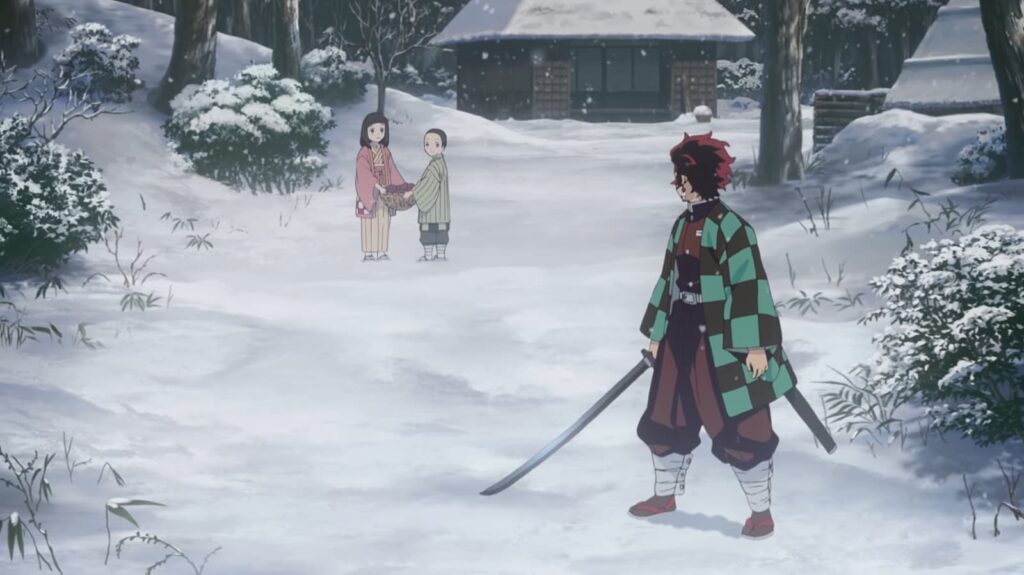
Founded in the year 2000 by former TMS Entertainment’s Telecom Animation Film division employees, Ufotable may be a newcomer to the anime landscape, but its impact is unmistakable.
Since its inception, Ufotable has delivered a string of remarkable anime titles, including “God Eater” and “Fate/Zero.” However, it was the studio’s involvement with the Demon Slayer franchise that truly propelled it to fame.
Ufotable’s adaptation of “Demon Slayer: Kimetsu no Yaiba” from the original manga proved to be a monumental success, captivating audiences and sparking a cultural phenomenon in Japan and beyond.
The studio reached new heights with the release of “Demon Slayer: Kimetsu no Yaiba: The Infinity Train,” a direct sequel to the anime series. In 2020, this film shattered box office records, earning the distinction of being not only the highest-grossing Japanese film of the year but also claiming the title of the highest-grossing Japanese film of all time.
5. Studio Bones
Established in 1998 by industry veterans Masahiko Minami, Hiroshi Osaka, and Toshihiro Kawamoto, Studio Bones emerged from the esteemed roots of Sunrise Inc., marking a transition characterized by amicable relations between the two studios. This camaraderie was exemplified by their collaborative effort on the 2001 masterpiece, “Cowboy Bebop: The Movie.”
Throughout its illustrious journey, Studio Bones has carved out a distinguished legacy in the anime landscape, boasting an impressive repertoire of successful series.
Iconic productions such as “Fullmetal Alchemist,” “Mob Psycho 100,” and “My Hero Academia” have garnered widespread acclaim, cultivating a dedicated fanbase for the studio.
However, tragedy struck when co-founder Hiroshi Osaka succumbed to cancer in 2007, leaving a void in the anime community. Undeterred, Studio Bones persevered, embracing new talents like Makoto Watanabe and Takahiro Komori, who joined the board of directors, ensuring the studio’s continued evolution and resilience in the face of adversity.
6. WIT Studio
Although a newcomer to the Japanese anime scene, WIT Studio, a subsidiary of Production I.G, has swiftly ascended to prominence, leaving an enduring imprint.
Founded in 2012 under the stewardship of Tetsuya Nakatake, WIT Studio made an impactful debut with its first major project: the anime adaptation of Hajime Isayama’s blockbuster manga, “Attack on Titan.”
Premiering in 2013, “Attack on Titan” captivated audiences worldwide, earning acclaim as one of the finest anime series ever created. WIT Studio successfully helmed two gripping seasons before passing the baton to MAPPA Studios for the fourth season.
Beyond the monumental success of “Attack on Titan,” WIT Studio has showcased its artistic prowess through other notable projects, including:
- Vinland Saga;
- Kabaneri of the Iron Fortress;
- The Ancient Magus’ Bride.
The studio is renowned for its adeptness in crafting distinct and captivating visual aesthetics, custom-tailored to suit the individual essence of each show. This prowess has cemented its reputation as a burgeoning luminary in the anime sphere.
7. MAPPA
Established in 2011 by industry luminary Masao Maruyama, MAPPA Studio (short for Maruyama Animation Project Produce Association) has emerged as a bastion of creative expression in the dynamic realm of anime.
Maruyama’s departure from Madhouse stemmed from a yearning to break free from corporate constraints and foster an environment conducive to artistic freedom.
The debut anime from MAPPA, “Kids on the Slope,” served as a testament to their talent and laid the foundation for an extraordinary voyage. Since then, the studio has continued to release groundbreaking productions, further solidifying its stature as an industry powerhouse. Some of these releases include:
- Yuri!! On Ice;
- Banana Fish;
- Jujutsu Kaisen;
- The final season of “Attack on Titan”.
Ironically, the success of MAPPA Studio brought with it a new set of pressures, reminiscent of the corporate environment Maruyama had initially sought to escape. In 2016, recognizing the need for change, he made the decision to pass the torch to Manabu Otsuka as CEO, entrusting the reins to a new generation of leadership.
Despite this transition, MAPPA Studio remains resilient, standing as a testament to its steadfast dedication to artistic expression and its lasting influence on the anime landscape.
8. Sunrise
Established in 1972 by ex-Mushi Production staff, Sunrise has grown into a titan of the anime realm. Boasting over 10 sub-studios, Sunrise has earned its place as one of the largest and most influential anime studios to date.
Sunrise is synonymous with the mecha-anime genre, renowned for its groundbreaking “Gundam” series and its myriad spin-offs. However, its repertoire extends far beyond mecha, as seen in its contributions to timeless classics like “Cowboy Bebop” and “Outlaw Star.”
A defining aspect of Sunrise’s legacy lies in its role as a talent incubator. Six former Sunrise employees have branched out to establish their own studios, a testament to Sunrise’s keen eye for nurturing industry luminaries.
Rather than detract from its prestige, this phenomenon highlights Sunrise’s capacity to cultivate and shape the future of anime. With an enduring legacy and a diverse portfolio, Sunrise remains an indispensable cornerstone of the anime universe.
9. Toei Animation
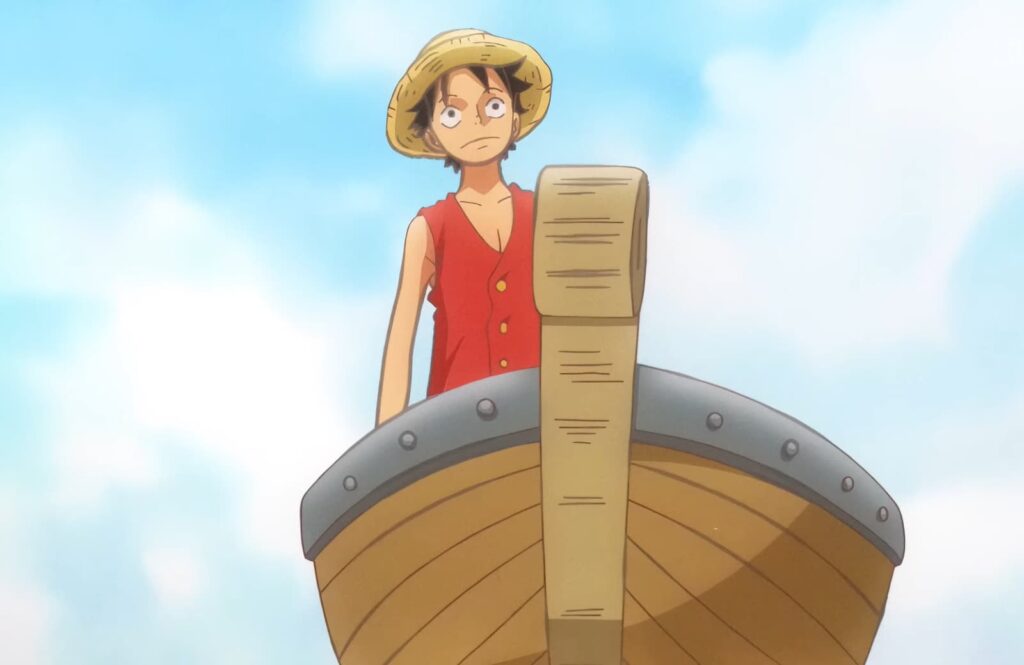
Toei Animation stands as a venerable cornerstone in the realm of Japanese animation, tracing its roots back to its establishment in 1948 as Japan Animated Films.
In 1956, the studio underwent a transformative acquisition by Toei Company, leading to its rechristening as Toei Doga in Japan and Toei Animation internationally. This name transition was further solidified in 1998 when Toei Doga officially adopted the name Toei Animation worldwide.
Throughout its illustrious history, Toei Animation has produced a plethora of iconic anime productions that have left an enduring impact on global pop culture. From the legendary “Dragon Ball Z” to the enchanting “Sailor Moon,” the studio’s contributions have garnered immense global success and adoration.
Among its crowning achievements is the creation of “One Piece,” a beloved and long-running anime series that has captivated audiences worldwide. Alongside its captivating narrative, Toei Animation has also spearheaded a series of spin-off movies, further expanding the franchise’s reach and popularity.
10. Trigger
In a relatively short span of just over a decade, Studio Trigger has firmly established itself as a significant player in the vibrant tapestry of anime, celebrated for its unique style and boundless creativity.
Founded in 2011 by former Gainax talents Hiroyuki Imaishi and Masahiko Otsuka, Trigger wasted no time in leaving an indelible mark on the industry.
Drawing from Hiroyuki Imaishi’s previous work on Gainax’s “Gurren Lagann,” the studio quickly showcased its penchant for blending vibrant animation with sharp visual humor, setting the stage for its distinctive aesthetic. Trigger’s bold and visually arresting animation has since become its hallmark, capturing the attention of anime enthusiasts worldwide.
Among its notable achievements, “Kill la Kill” stands as a standout in Trigger’s repertoire, recognized as one of its most iconic works. Moreover, the studio has produced gems like “Little Witch Academia” and “Space Patrol Luluco,” further solidifying its reputation for pushing the boundaries of artistic expression in anime. For aficionados in search of anime that exudes coolness and artistic panache, Studio Trigger undoubtedly stands as a go-to destination.
Conclusion
In closing, our exploration of these extraordinary animation studios offers a glimpse into the expansive and multifaceted realm of anime. The distinctiveness of each studio’s offerings has played a pivotal role in shaping the landscape of anime, leaving behind a legacy that continues to resonate with enthusiasts worldwide. Now, as we conclude our journey, I invite you to share your thoughts: Which studio’s creations resonated with you the most, and what aspects of their work do you find most captivating?
